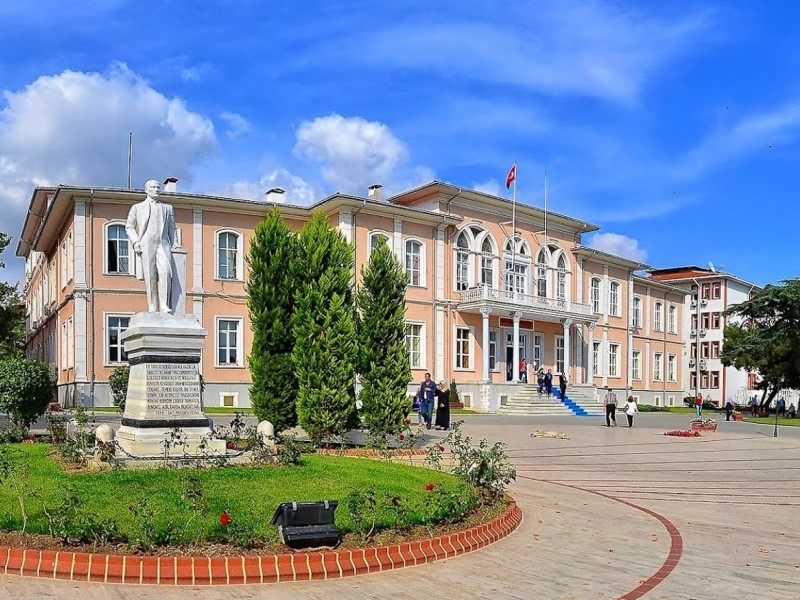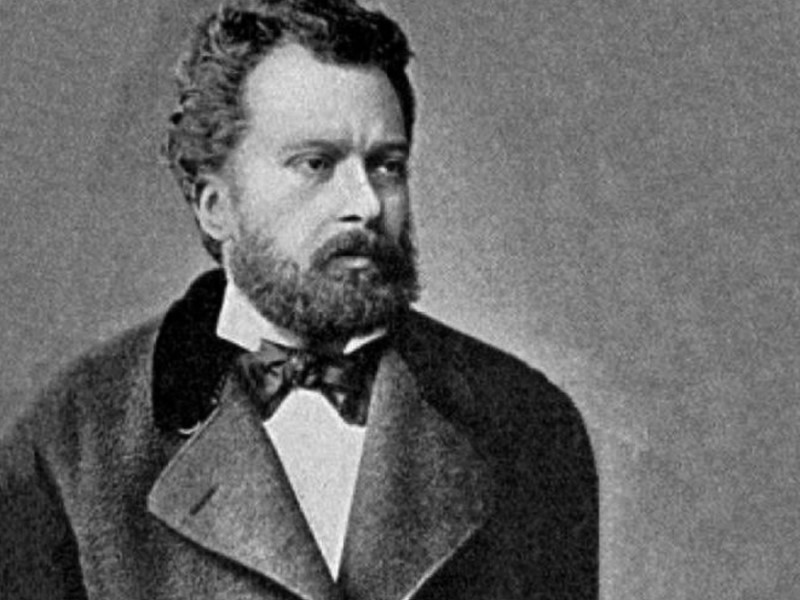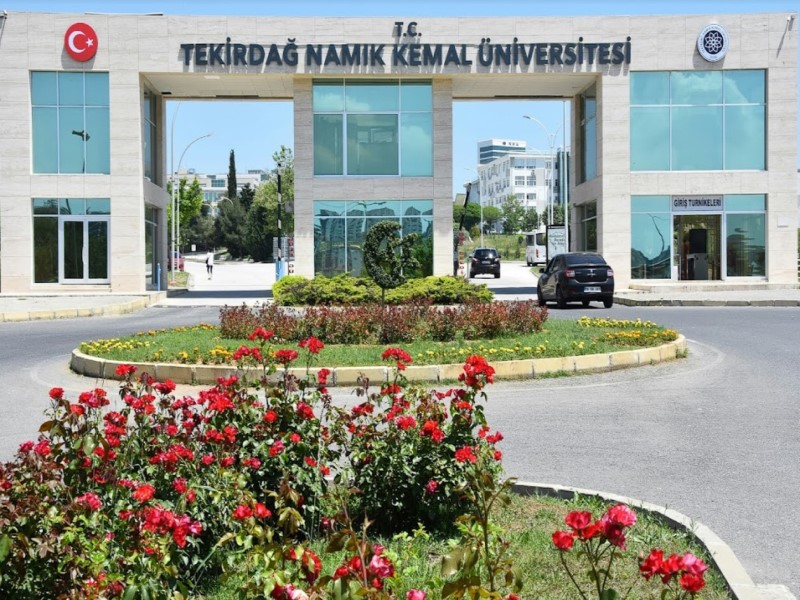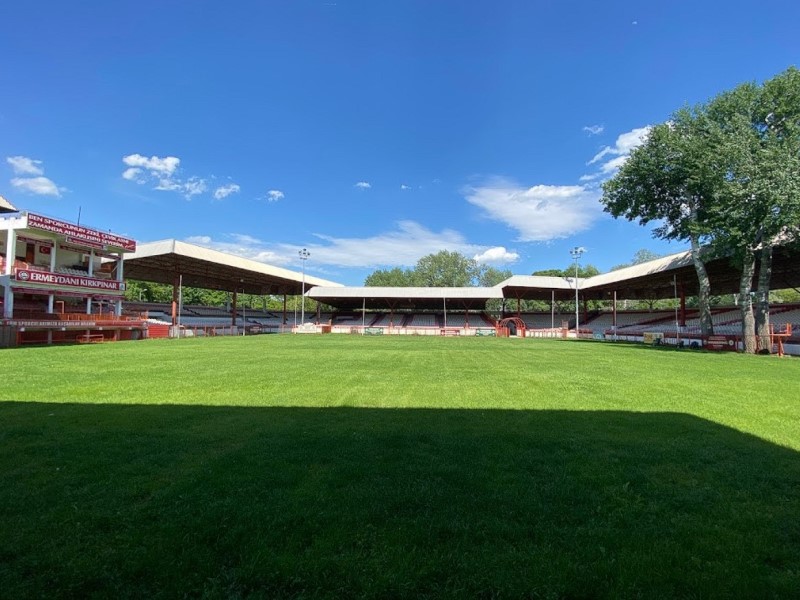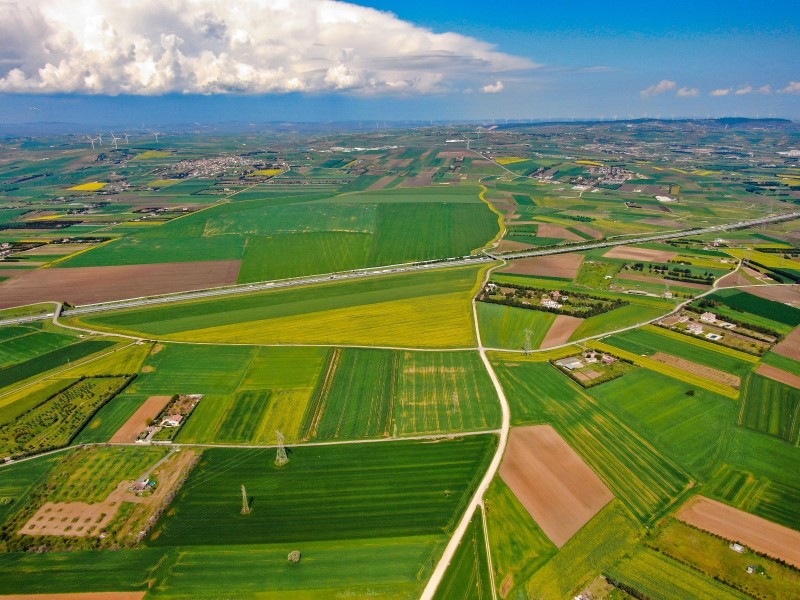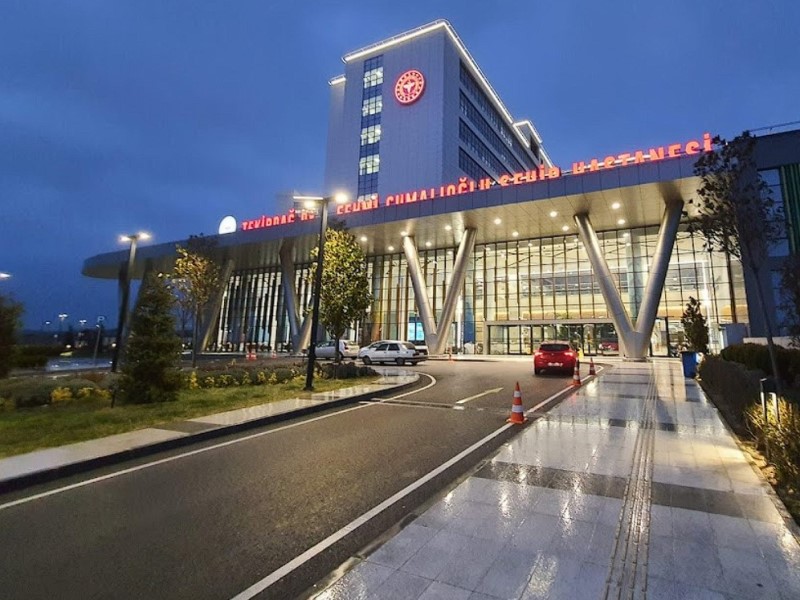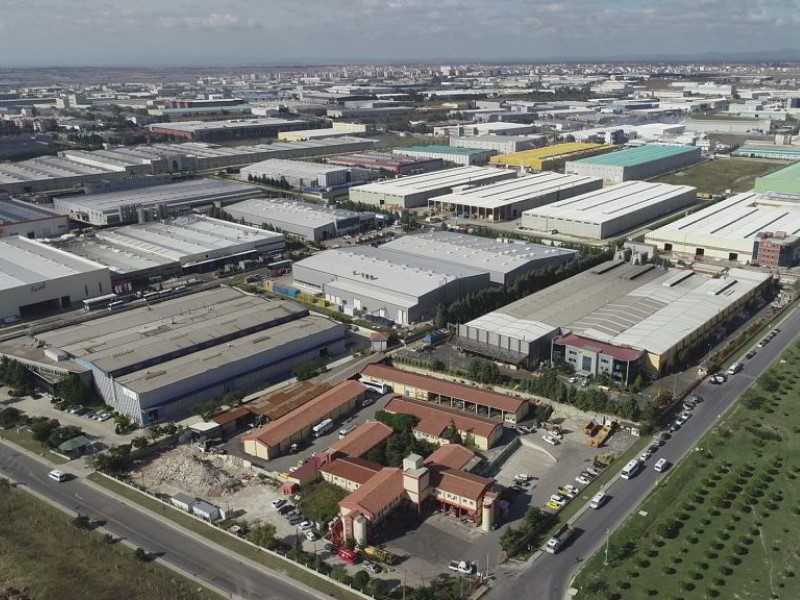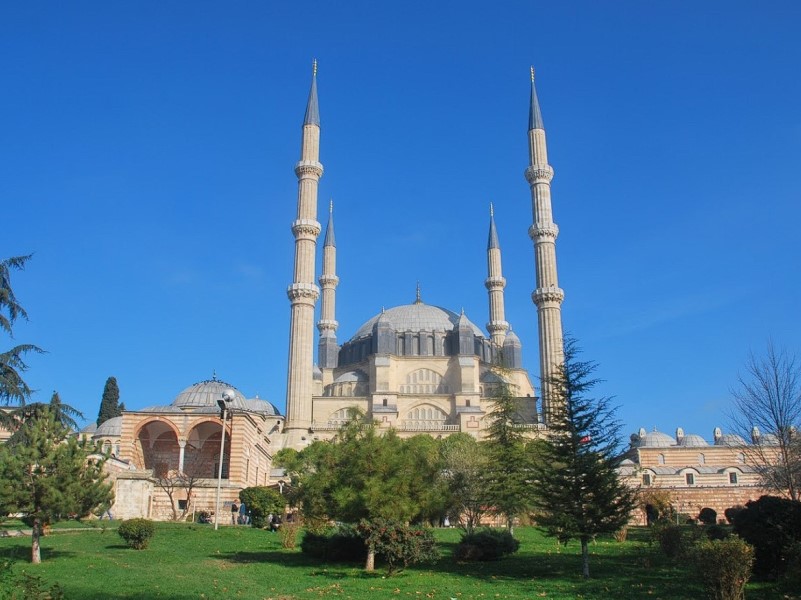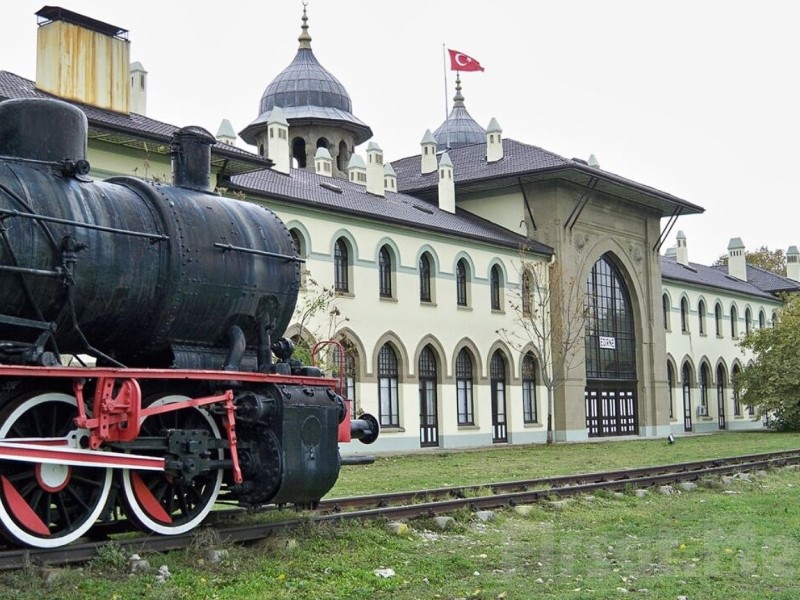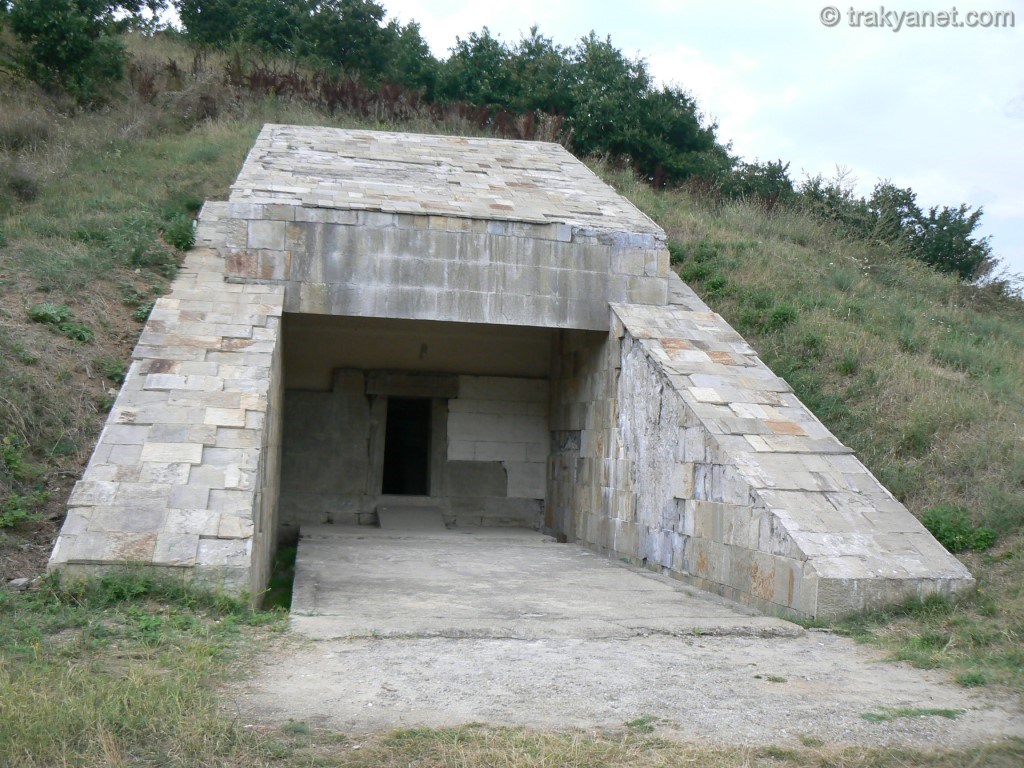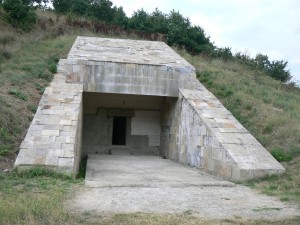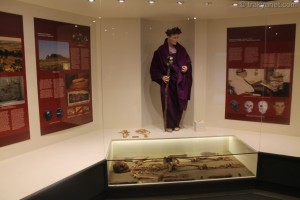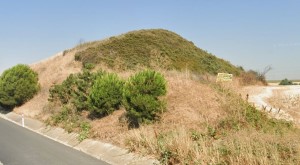The golden mask found during the excavations, which significantly contributes to Thracian archaeology, is unique. Other gold finds depicting various animals are also among the finest examples of Thracian art. Stoyan Nenov / Reuters
Excavations in the Valley of the Kings near Kazanlak in southern Bulgaria have yielded new information about the Thracians. The lack of written documents belonging to this people, described by Herodotus as "savage, bloodthirsty warriors," has prevented sufficient information about their lives. Seven tombs excavated under the direction of Bulgarian archaeologist Georgi Kitov have yielded numerous decorated pottery, amphorae, bronze, gold, and silver jewelry. The Thracians, who lived in Bulgaria, Romania, northern Greece, and the Thrace region of Türkiye from the 4th millennium BC onward, became a province of the Roman Empire after 46 AD. Among the finds is a solid gold mask weighing 690 grams, thought to depict the portrait of the 5th-century BC Thracian leader Seutus III. Researchers' biggest problem is that antiquity smugglers have looted nearly all the tombs.
The Thracian king was revived using fleshing technique
The bones of the Thracian Odysseus King Cersepleptes, who died 341 years before Christ, were fleshed and displayed in the Tekirdağ Museum.
Tekirdağ Museum Director M. Akif Işın said, "The body of King Kersepleptes was virtually brought to life by Prof. Dr. İlter Uzel and Assoc. Prof. Dr. Osman Bengi using the fleshing technique. His clothes were made from the same fabrics as their originals and put on display in our museum." The tomb of King Kersepleptes was unearthed in 1998 in the Harekettepe Tumulus on the roadside, 12th kilometer of the Tekirdağ-Istanbul highway. Thanks to the tomb, Heraion Teichos, an important port city of the Thracian Odyssey Kingdom, was also brought to light. The examinations of the royal wreath, priestly wreath, clothes, and other finds found in the king's tomb, as well as the skull and bones, were conducted by medical history writer and fleshing expert Prof. Dr. İlter Uzel and Assoc. Prof. Dr. Osman Bengi.
Tekirdağ Museum Director M. Akif Işın stated that King Kersepleptes, who was identified as having lived in Ipsala, settled in the city of Heraion Teichos under Macedonian pressure, and that the region came under Macedonian rule when Macedonian King Philip II captured the city in 351 BC. Işın said, "King Kersepleptes lived for another 10 years after the war and was buried in the Harekettepe Tumulus in 341 BC."
Meanwhile, excavations, which began in 2000 at the port city of Heraion Teichos where the tomb was located, are continuing. As a result of the joint excavations conducted by the Mimar Sinan University Archaeology Department and the Tekirdağ Museum, a section of Heraion Teichos, a prominent port city of its time, and its north gate were unearthed. Also unearthed were rare figurative ceramics from the period, a large number of goddess figures, and bronze Thracian coins.






